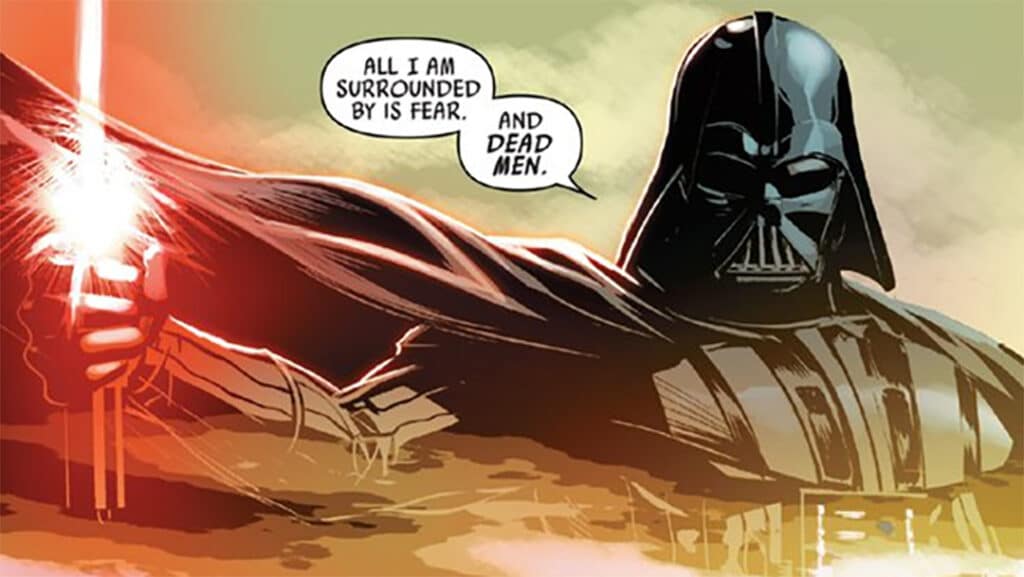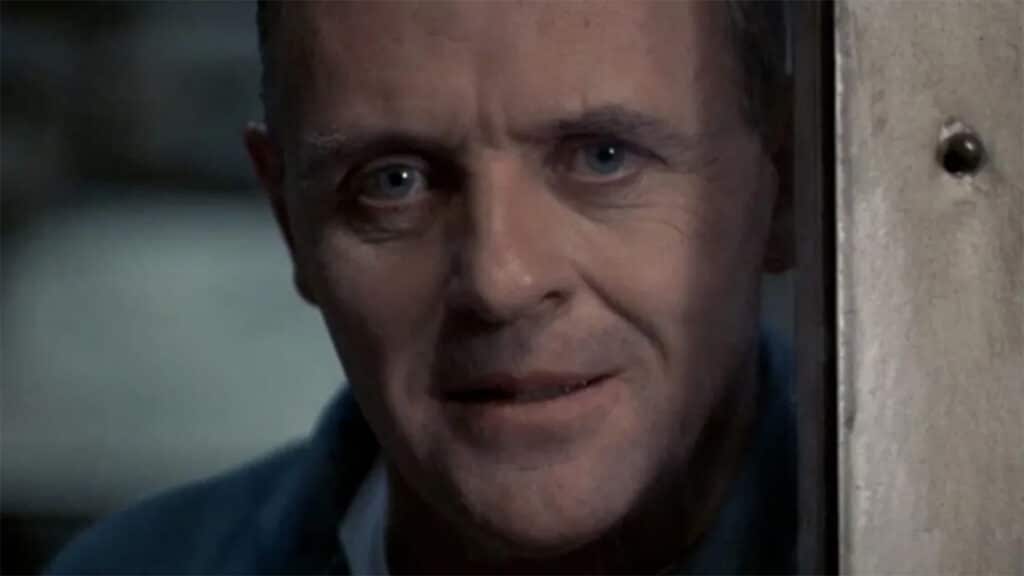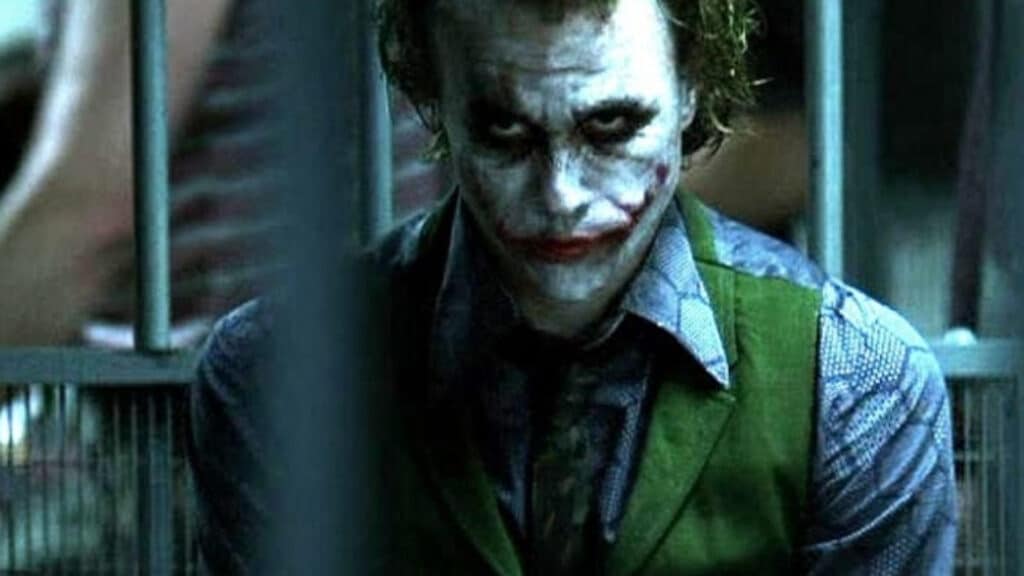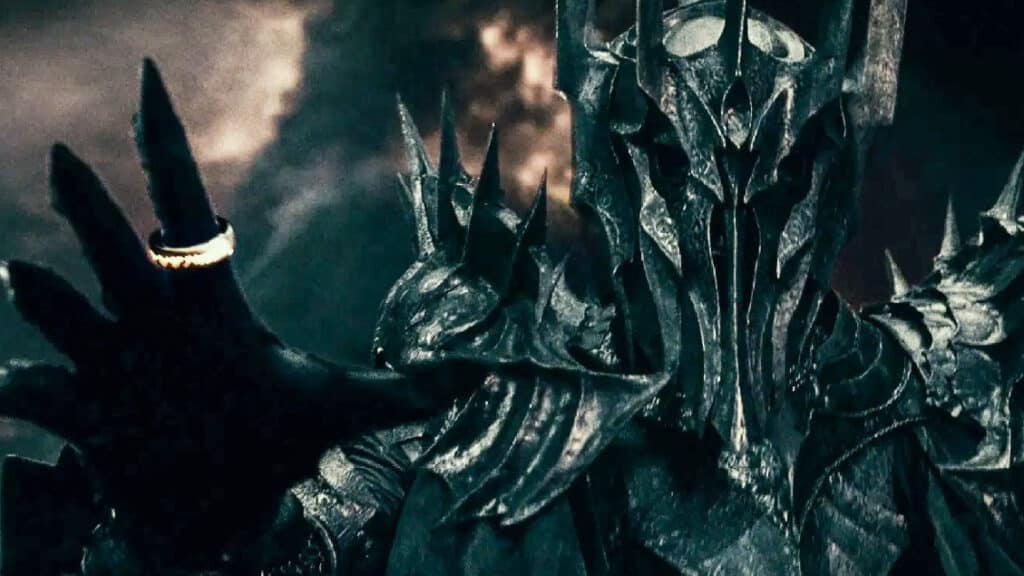Villains have always held a special place in storytelling.
From the diabolical schemers of classic literature to the larger-than-life antagonists of modern cinema, these characters captivate our imaginations and leave a lasting impression.
But what is it about villains that makes them so compelling?
Why do we remember them long after we’ve closed the book or left the movie theater?
The answer lies in the complex psychology of villains.
The Allure of the Dark Side
One of the most intriguing aspects of villains is their ability to draw us in.
We are often simultaneously repelled and fascinated by their actions and motivations.
This paradoxical attraction to the dark side can be attributed to several psychological factors.
1. Moral Ambiguity
Villains often inhabit a morally gray area, making it difficult to categorize them as purely evil.
They may have relatable motivations or tragic backstories that blur the lines between right and wrong.
This moral ambiguity challenges our own moral compass and forces us to question our values, making the character more thought-provoking and memorable.
2. Complex Motivations
Memorable villains are rarely one-dimensional.
They have multifaceted motivations that go beyond simple greed or power-lust. Whether driven by revenge, ideology, or a twisted sense of justice, their reasons for their actions are compelling and thoughtfully explored.
This complexity makes them more relatable and engaging as characters.
3. Identifiable Flaws
Villains often embody exaggerated versions of human flaws and weaknesses.
They might be consumed by jealousy, vanity, or insecurity, traits that resonate with us on a personal level.
Seeing these flaws magnified in a character allows us to reflect on our own imperfections and vulnerabilities.
The Power of Sympathy
While we may not condone their actions, we sometimes find ourselves sympathizing with villains.
This sympathy arises from their human qualities, vulnerabilities, and relatable struggles.
1. The Tragic Backstory
Many villains have traumatic pasts or experiences that shaped them into who they are.
When we learn about their hardships or injustices, we can’t help but feel a pang of sympathy.
This backstory humanizes them and prompts us to question how we might have turned out under similar circumstances.
2. The Antihero
Some villains fall into the category of antiheroes—characters who possess both virtuous and morally questionable qualities.
These individuals may be motivated by a desire to do good but employ questionable methods.
Their internal conflict and struggle to reconcile their dark and light sides resonate with our own internal battles.
3. The Relatable Emotions
Villains experience a range of emotions, just like any other character.
They may feel anger, sadness, or fear, emotions that we all experience at some point.
When we witness a villain’s vulnerability or emotional turmoil, it reminds us of our own humanity and fosters empathy.
The Role of Antagonists in Storytelling
The presence of a compelling villain is crucial for a story’s success.
Antagonists serve several essential functions in storytelling.
1. Conflict and Tension
Villains provide the primary source of conflict in a story.
Their goals often clash with those of the protagonist, creating tension and driving the narrative forward.
Without a formidable antagonist, the story may lack the necessary stakes and excitement.
2. Character Development
A strong antagonist can catalyze the growth and development of the protagonist.
Confronting a villain forces the hero to confront their own weaknesses, values, and beliefs.
This character development arc is a fundamental element of storytelling.
3. Theme Exploration
Villains can serve as a vehicle for exploring deeper themes and issues.
They may represent societal problems, ethical dilemmas, or existential questions.
Through their actions and motivations, villains can provoke thought and discussion on these themes.
Crafting a Memorable Antagonist
Creating a memorable antagonist is no easy task, but understanding the psychology behind what makes villains compelling can guide writers and storytellers.
1. Depth and Complexity
An effective villain should have depth and complexity. Explore their motivations, fears, and vulnerabilities.
Develop a backstory that sheds light on their actions and choices. Avoid one-dimensional, purely evil villains, as they tend to be forgettable.
2. Moral Ambiguity
Embrace moral ambiguity.
Allow your audience to question whether the antagonist’s actions are entirely unjustifiable.
This moral gray area fosters engagement and discussion among readers or viewers.
3. Relatability
Find aspects of your antagonist that the audience can relate to.
This might be a shared emotion, a common flaw, or a universal experience.
Relatability humanizes the villain and fosters empathy.
4. Conflict and Development
Ensure that the antagonist serves a vital role in the story’s conflict and character development.
Their presence should challenge the protagonist and force them to grow and evolve.
5. Unique Traits
Give your antagonist unique and memorable traits that set them apart.
Whether it’s a distinct appearance, a signature catchphrase, or an unusual habit, these traits can make the character more iconic.
Further Reading
- “How To Write a Truly Memorable Villain” by Pamela Koehne-Drube for Novlr – Read Here
- How to Write an Unforgettable Villain: Tips for Writing a Great Villain for Your Novel or Short Story by Masterclass – Read Here
- “What Makes a Good Villain (Plus 4 Examples to Follow)” by Gloria Russell – Read Here
- “How to Write 6 Compelling Antagonist Characters” by K.M. Weiland – Read Here
- “Writers on Writing: 20 Best Essays on Writing from Famous Authors” by Jason Boyd for Fictionphile – Read Here
The Iconic Villains of Pop Culture
Throughout the history of literature, film, and television, there have been countless iconic villains who have left an indelible mark on our collective consciousness.
1. Darth Vader (Star Wars)

One of the first things that come to mind when thinking of Darth Vader is his imposing appearance.
His black suit of armor, flowing cape, and helmet with its distinctive respirator are instantly recognizable.
His menacing, mechanical presence is enough to send shivers down the spines of viewers, making him an indelible image in popular culture.
He’s also not just a visually striking character; he’s also incredibly powerful.
His mastery of the Force and lightsaber combat make him a formidable adversary.
His ability to choke enemies from a distance, deflect blaster bolts, and engage in lightsaber duels with Jedi knights showcases his prowess.
Vader’s voice, provided by the legendary James Earl Jones, is one of the most iconic aspects of his character.
The deep, menacing timbre of his voice is instantly associated with evil and intimidation.
Whether he’s delivering chilling threats or issuing commands to his subordinates, Vader’s voice adds an extra layer of gravitas to his character, making him all the more memorable.
Vader’s dialogues are not just memorable; they are iconic.
Lines like “No, I am your father” and “I find your lack of faith disturbing” have become ingrained in popular culture.
His concise and powerful lines are delivered with a sense of authority and menace that adds depth to his character. These quotes have been endlessly quoted, parodied, and referenced, further solidifying his place in the annals of cinematic history.
What sets him apart from many one-dimensional villains is his compelling backstory. Originally known as Anakin Skywalker, he was a Jedi Knight who succumbed to the dark side of the Force.
His fall from grace is a tragic tale of manipulation, fear, and inner conflict.
Anakin’s transformation into Darth Vader was not a simple descent into evil but a complex journey that involved the love of Padmé Amidala, the manipulation of Emperor Palpatine, and his own inner struggles.
2. Hannibal Lecter (The Silence of the Lambs)

What sets Dr. Hannibal Lecter apart from many other villains is his astonishing intellectual brilliance.
As a brilliant psychiatrist and a connoisseur of the finer things in life, he is a character who contrasts the horrific nature of his actions with an exquisite taste in art, music, and cuisine.
Lecter is not just a murderer; he’s a masterful strategist.
His ability to meticulously plan his crimes and elude capture is nothing short of astounding. His intelligence allows him to anticipate the moves of his pursuers, making him an elusive and formidable adversary.
One of the most chilling aspects of Lecter’s character is the calm and composed demeanor he has.
He never raises his voice or loses his cool, even in the most disturbing and intense situations.
This unflappable calmness is deeply unsettling, as it contrasts starkly with the violence and chaos he creates.
His ability to maintain this facade of normalcy adds an eerie layer to his character.
Hannibal Lecter is a master manipulator.
He possesses an uncanny ability to read people, understand their weaknesses, and exploit them to his advantage.
His manipulative skills are demonstrated in his interactions with Clarice Starling, where he teases out her vulnerabilities and desires.
This cat-and-mouse game adds depth to his character and makes him a truly captivating antagonist for the classic psychological thriller.
3. The Joker (The Dark Knight)

When Heath Ledger stepped into the role of the Joker in Christopher Nolan’s The Dark Knight, he delivered a performance that redefined what it meant to be a cinematic villain.
Ledger’s portrayal of the Clown Prince of Crime is widely regarded as one of the most memorable and iconic in film history.
The character of the Joker had been brought to life onscreen before, but Ledger’s interpretation left an indelible mark.
At the heart of Ledger’s Joker lies an enigmatic and unpredictable chaos.
He is an agent of anarchy who thrives in the chaos he creates.
The Joker’s unpredictability keeps both the characters in the film and the audience on edge.
His actions are not guided by conventional motives like greed or revenge; instead, they are driven by a desire to disrupt the established order and expose the flaws in society.
Ledger’s Joker is a villain who revels in the fear he instills in others.
He wears grotesque makeup and scars his own face, creating a visage that is simultaneously horrifying and captivating.
His maniacal laughter, erratic behavior, and unsettling storytelling make him a character who embodies the fear of the unknown.
His lack of a clear motive or backstory adds to the sense of dread, as audiences are left to grapple with the idea that some evil exists beyond rational comprehension.
What elevates Ledger’s Joker to a higher level of villainy is the philosophical depth he brings to the character.
Throughout the film, he delivers thought-provoking monologues that challenge societal norms and morality.
His famous line, “Why so serious?” is more than a catchphrase; it’s an invitation to question the seriousness of life itself.
Ledger’s Joker forces the audience to confront uncomfortable truths about the human condition, making him a villain who transcends mere malevolence.
4. Sauron (The Lord of the Rings)

Sauron is not just a villain; he is the embodiment of evil itself.
As a fallen Maia, a powerful divine being in Tolkien’s mythology, Sauron’s corruption reflects the timeless struggle between good and evil.
His malevolence isn’t simply a trait; it defines his very essence.
His desire for dominion and control over Middle-earth drives him to commit unspeakable atrocities, making him the quintessential dark force.
Sauron’s enduring presence throughout Tolkien’s stories is remarkable.
He spans millennia, from his early days as a servant of Morgoth to his rise as the Dark Lord.
His immortality, combined with his ability to reincarnate, underscores his relentless pursuit of power.
Sauron’s history is intertwined with the very fabric of Middle-earth.
His role in the wars against Morgoth and the forging of the Rings of Power establishes his presence as a malevolent force throughout the ages.
At the heart of Sauron’s villainy lies the One Ring, a creation of his own design.
This cursed ring is both his greatest weapon and his greatest weakness.
The allure of power and the insidious way the Ring corrupts its bearers make it a central element of Sauron’s menace.
Sauron’s never-ending quest to regain the One Ring and exert his dominance over Middle-earth creates an ever-present threat.
His armies, the Nazgûl, and the looming darkness of Mordor serve as constant reminders of the impending doom should he succeed.
Sauron’s cunning and strategic brilliance are key components of his villainy.
He rarely takes the forefront but prefers to manipulate events from behind the scenes, sowing discord and distrust among the Free Peoples of Middle-earth.
His ability to corrupt the hearts of once-noble characters, such as Boromir and Saruman, highlights his sinister influence.
Conclusion
The psychology of villains is a rich and multifaceted topic that speaks to our fascination with these complex characters.
Villains captivate us because they challenge our moral boundaries, evoke empathy, and play essential roles in storytelling.
Crafting a memorable antagonist requires a deep understanding of human psychology and a commitment to creating characters that resonate with audiences long after the story ends.

